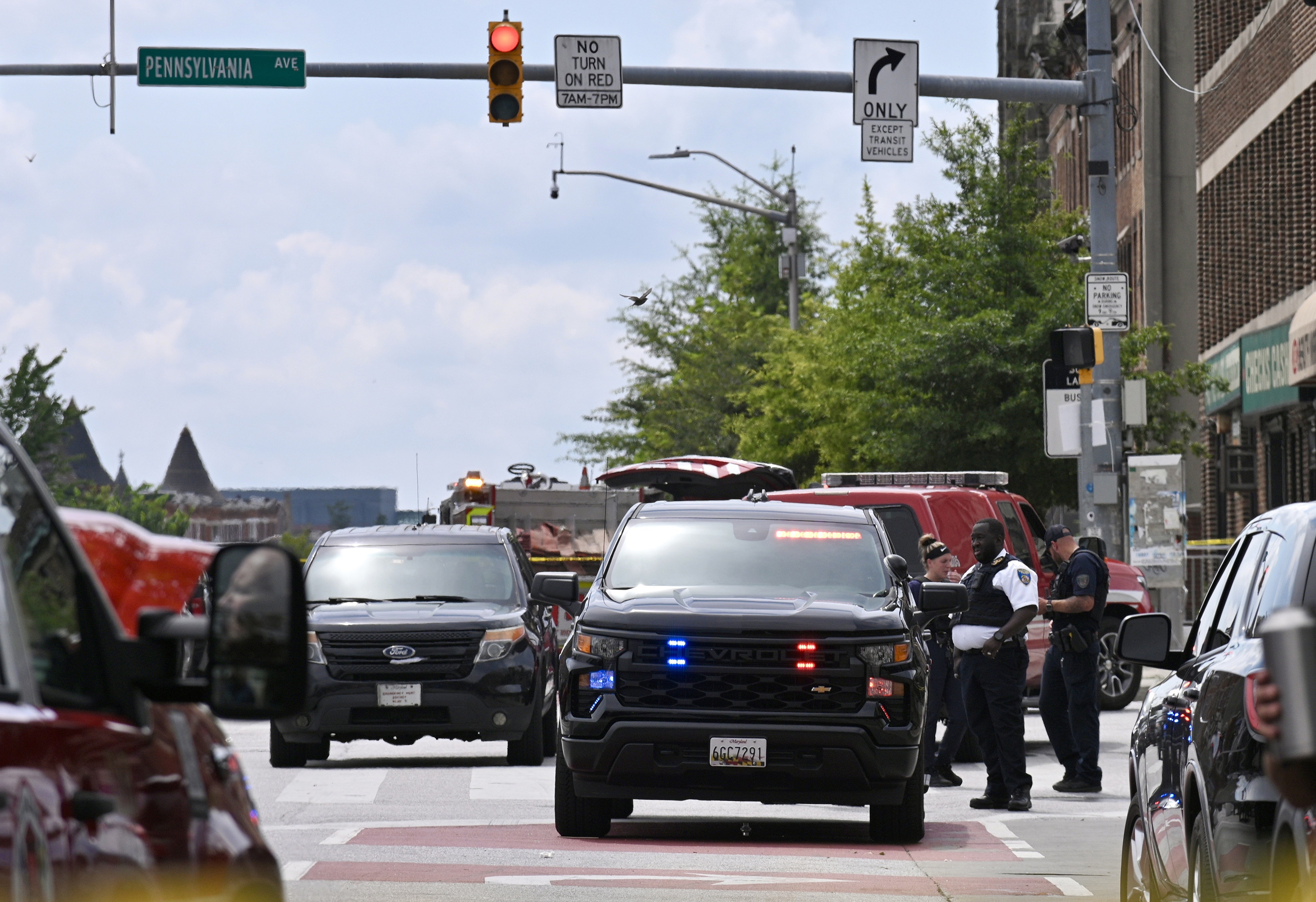Baltimore Police Target Drug Markets in Penn North After Mass Overdose

Increased Police Activity in Response to Drug Crisis
Baltimore police have intensified their efforts against drug-related crimes, charging five individuals with narcotics offenses following a raid on an open-air drug market located near the site of last week’s mass overdose in West Baltimore. This crackdown occurred during a weekend when officers arrested at least a dozen people while monitoring other known drug-dealing hotspots.
Although the police have not confirmed any direct link between these recent arrests and the overdoses that occurred in Penn North, they have stated that no arrests have been made in connection with that incident as of Tuesday. Authorities have remained relatively quiet about their ongoing investigation into the source of the overdoses, which led to at least 27 people being hospitalized.
Court records suggest that law enforcement has been increasing its surveillance of drug activity, resulting in the arrest of suspected dealers and the seizure of various illicit substances. Former narcotics investigators believe the recent actions are aimed at removing a “bad batch” of drugs from the streets and tracing their origin. Experts speculate that the overdoses were likely caused by a potent dose of fentanyl, and the Drug Enforcement Administration is assisting in the criminal investigation.
Brian Townsend, a former DEA agent now running a nonprofit focused on combating the fentanyl crisis, explained that authorities are likely trying to seize any remaining drugs and determine if they contain substances contributing to further overdoses. He emphasized that such incidents often prompt law enforcement to take more active measures.
Community groups have frequently criticized the police department and elected officials for not doing enough to address public drug activity. However, some advocates for law enforcement accountability note that this increased focus on drug enforcement resembles past aggressive policing practices that led to civil rights violations and a consent decree for Baltimore Police.
The police department stated that its Group Violence Unit and District Action Teams continue targeted enforcement based on priorities identified through violence reviews, community complaints, and major case investigations. They also highlighted their commitment to working with partners to disrupt drug activity while supporting the city’s harm reduction efforts. Maryland’s good Samaritan law protects individuals experiencing a medical emergency related to drugs or alcohol, as well as those helping them, from prosecution for certain lower-level drug offenses if they seek medical assistance.
Neill Franklin, a former major who once led Baltimore Police’s drug and criminal enforcement bureau, described the recent arrests as a typical response from the department. He expressed concern that more aggressive enforcement could lead to unconstitutional practices seen in past lawsuits and a Justice Department investigation in 2016. Franklin worries that raids at busy drug corners may result in arrests rather than treatment for those involved.
Police data shows an increase in both felony and misdemeanor drug arrests compared to the same week last year. The department attributes this to its focus on addressing open-air drug markets across the city. While the number of arrests has only slightly increased over a few days, charging documents indicate that police have been conducting covert surveillance, proactive enforcement, and monitoring city cameras to track activity at known drug hotspots.
During a raid in Sandtown-Winchester, police seized nearly 100 vials of suspected crack cocaine and 38 capsules of a fentanyl and heroin mixture. Their efforts have extended beyond West Baltimore, with arrests and drug seizures occurring in areas like Curtis Bay and Southeast Baltimore.
Franklin believes that while police may be seizing drugs, their raids are unlikely to significantly impact Baltimore’s drug market. He argues that most arrests target lower-level street dealers, and the illegal drug market will adapt regardless of enforcement strategies. He noted that Penn North has long been a hub for drug activity and predicted that new substances, possibly created by AI, will continue to emerge without changing the underlying demand for drugs.
“Whether it's fentanyl, pharmaceuticals, or something else, the landscape won’t change as long as there are people who want and need drugs,” he said.
Post a Comment for "Baltimore Police Target Drug Markets in Penn North After Mass Overdose"
Post a Comment